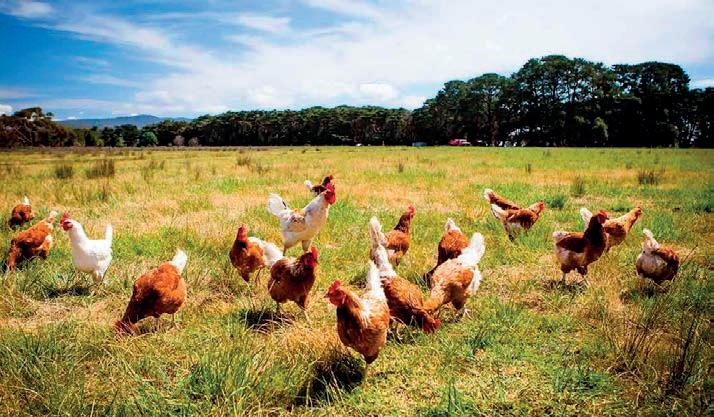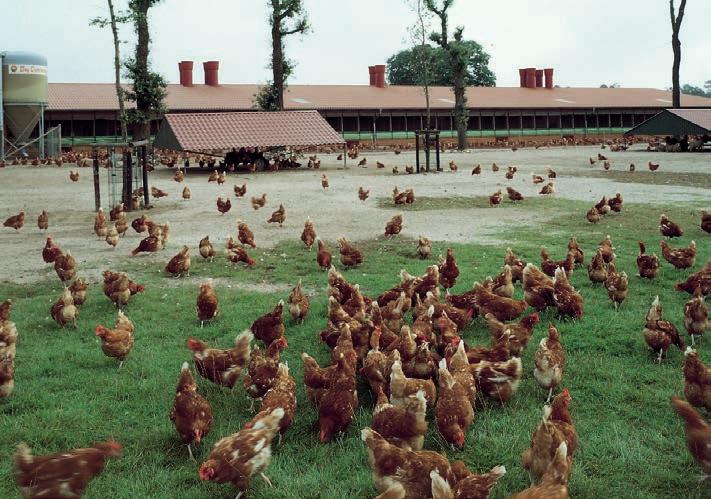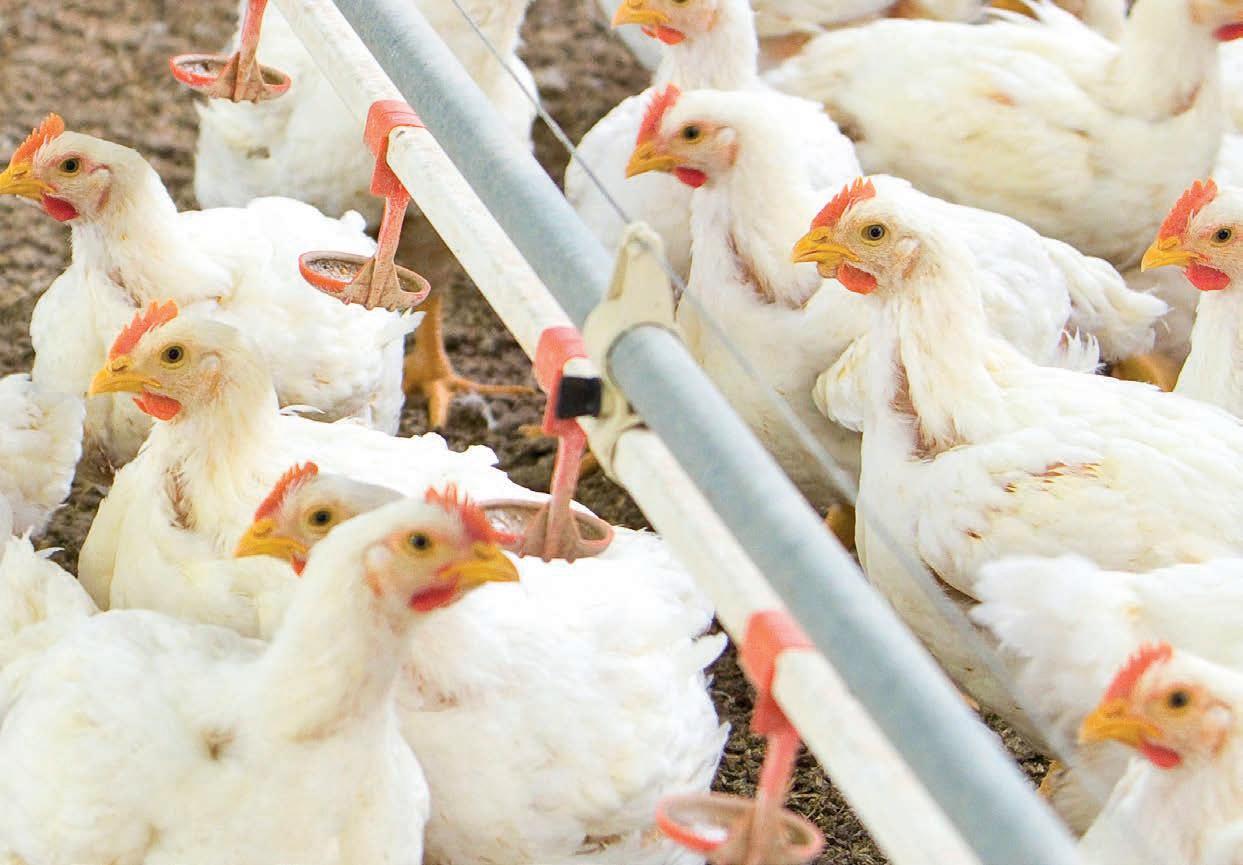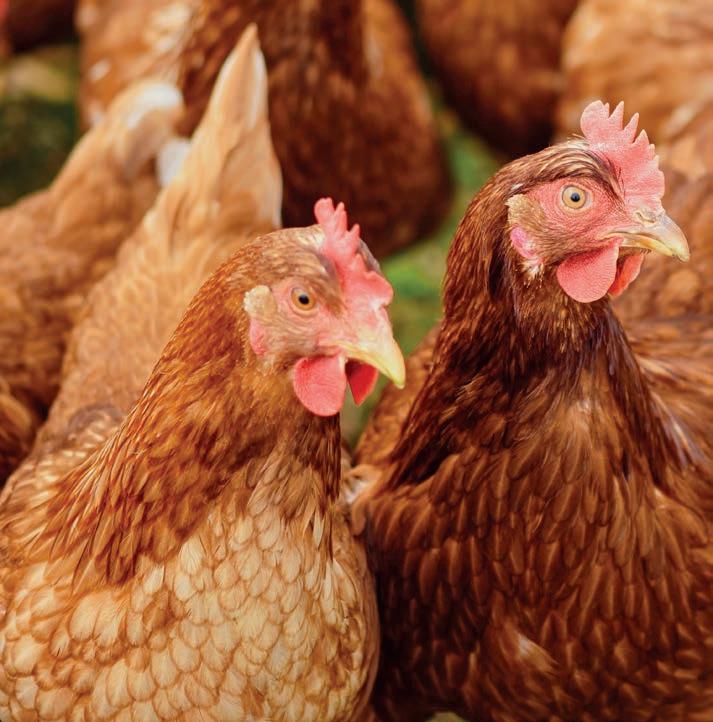
2 minute read
Phytic acid reduction in canola and camelina meals
Phytic acid reduction in canola and camelina meals by fungal fermentation for potential broiler feeding
Canola and camelina meals have been identified as alternative plant protein sources in place of soybean meal for animal feeding. The use of these protein sources at high inclusion levels is limited due to the presence of antinutritional factors such as phytic acid, glucosinolates, erucic acid, sinapines and tannins which have negative effects on production performance of broiler chickens.
Advertisement
Solid state fermentation is a preferred method for enriching agroindustrial residues since it offers several economical and practical benefits. Reports on the chemical composition of solid state fermented canola and camelina meals, and effects of fermented canola and camelina meals on nutrient digestibility and other performance parameters in broiler chickens, are limited. In a preliminary study, solid state fermentation using Saccharomyces cerevisiae was conducted with the aim of reducing phytic acid contents in canola and camelina meals. The effect of length of incubation on phytic acid content was investigated.
Saccharomyces cerevisiae (ATCC 38555) was cultured on yeast malt extract (YME) agar plates. Canola and camelina meals were obtained from a commercial feed mill. Solid state fermentation was conducted in 250 ml Erlenmeyer flasks. Before autoclaving, moisture content was adjusted to 50% with RO water. Flasks with substrates were autoclaved at 121 °C for 15 mins, cooled to room temperature and inoculated with spore suspension containing 10 7 spores/ml. Flasks were incubated at 25 °C, and harvested after 3 and 7 days of fermentation. Fermented samples were oven dried at 60 °C for 2 days, milled and stored for chemical analysis. PH of the experimental samples initially reduced between day 0 to 3 and slightly increased between day 3 to 7. Phytic acid concentration was analyzed according to the modified colorimetric method of Gao et al. The fermentation process reduced phytic acid concentration by 25.7% (from 37.4 to 27.8 mg PA/g) in canola meal and 33.7% (from 36.8 to 24.4 mg PA/g) in camelina meal after 7 days of incubation.
Further research is ongoing to determine the chemical composition and in vitro enzyme activities of canola meal, lupin flour and camelina meal fermented with Aspergillus sojae and Aspergillus ficuum. Nutrient digestibility and performance studies will also be conducted to determine the suitability of these fermented products for broiler chickens.
Acknowledgment: the authors are sincerely grateful for the support of the University of Queensland, Brisbane, Australia.
References are available on request From the 2019 Australian Poultry Science Symposium Proceedings
O.O. Olukomaiya, W.C. Fernando, Y. Sultanbawa, Centre for Nutrition and Food Sciences, Queensland Alliance for Agriculture and Food Innovation (QAAFI), The University of Queensland, Brisbane, Australia
R. Mereddy, Department of Agriculture and Fisheries, Brisbane, Australia
D. Zhang, X. Li, Poultry Science Unit, School of Agriculture and Food Sciences, The University of Queensland, Gatton, Australia










